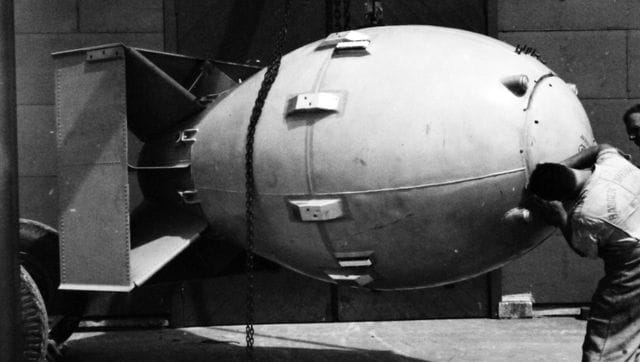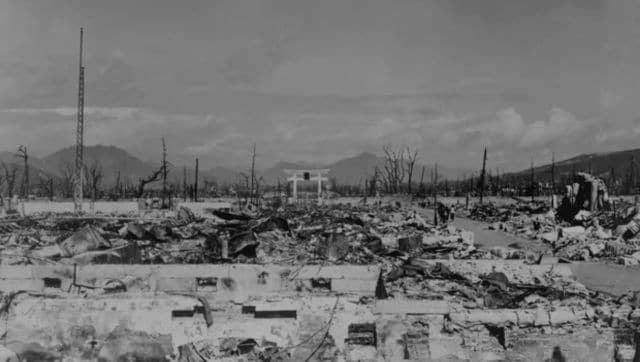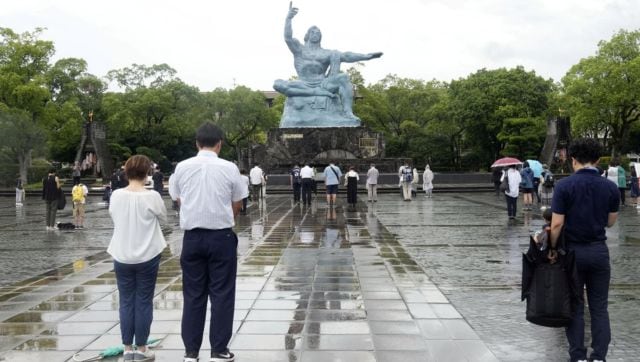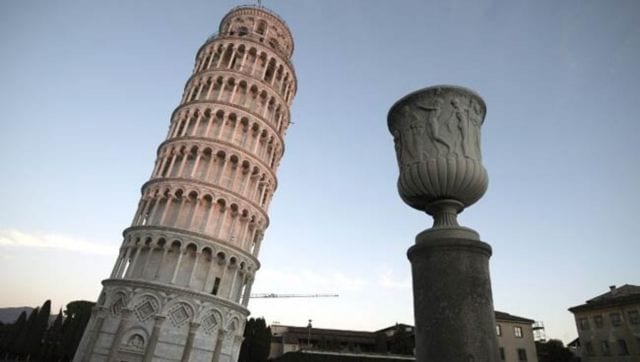August 9 is one of the most sombre days in history.
It marks the moment in 1945 when the world witnessed the horror of a second atomic bomb, this time over Japan’s Nagasaki, just three days after the US bombed
Hiroshima, leaving it reduced to ashes.
If you are a history geek who loves to learn about important events from the past, Firstpost Explainers’ ongoing series,
History Today, will be your one-stop destination to explore key events.
STORY CONTINUES BELOW THIS AD
On the same date in 1173, construction began on a bell tower in Pisa, Italy, an ambitious project that would become world-famous for its unexpected tilt.
Here is all that happened on this day.
US drops ‘Fat Man’ on Japan’s Nagasaki
On August 9, 1945, just three days after Hiroshima was bombed, the
United States dropped a second atomic bomb, nicknamed “Fat Man”, on the city of Nagasaki.
At 11:02 am, the B-29 bomber Bockscar, piloted by Major Charles Sweeney, released the plutonium-based bomb over Nagasaki. However, the city, home to around 263,000 people, was not the original target. The mission was supposed to hit Kokura, but poor visibility and low fuel forced the crew to divert.

“Fat Man” exploded with a force of 21 kilotons of TNT, destroying large parts of the city instantly. It’s estimated that between 40,000 and 75,000 people were killed, either immediately or in the days and weeks that followed, due to burns, radiation exposure, and injuries.
Among the dead were Japanese civilians, Korean forced labourers, and even Allied prisoners of war. The blast also destroyed Nagasaki’s historic Urakami Cathedral, once the largest Catholic church in Asia, along with many homes, schools, and neighbourhoods.

Although the scale of destruction was slightly lower than Hiroshima’s, mainly due to Nagasaki’s hilly terrain and more spread-out urban design, the damage was still immense. According to the Atomic Archive, about 14,000 buildings, or 27 per cent of the city’s 52,000 residences, were completely reduced to ashes.
STORY CONTINUES BELOW THIS AD
The bombing came just hours after the Soviet Union declared war on Japan. Within six days, Japan announced its unconditional surrender on August 15, 1945, effectively ending World War II.

Today, Nagasaki has a population of around 400,000, a city that has since been rebuilt while continuing to remember the events of that day.
Construction of the Leaning Tower of Pisa begins
On August 9, 1173, construction began on what was meant to be a freestanding bell tower for the cathedral of Pisa in Italy. No one at the time could have predicted that it would eventually become world-famous for its accidental tilt.
The tower was designed to be 56 metres tall with eight storeys, including the chamber for the bells. However, by the time the third floor was completed , builders noticed that the tower had started leaning to one side. The cause? The soft, unstable soil beneath Pisa, a mix of clay, sand, and shells, couldn’t support the tower’s weight.
STORY CONTINUES BELOW THIS AD

Construction paused multiple times over the next century, partly due to its leaning and the surrounding conflicts. Work resumed in 1272, but further disruptions occurred due to war in 1284. Over time, engineers tried to correct the tilt by adjusting the structure’s upper floors. But the lean remained, gradually becoming part of its identity.
By the 20th century, the tilt had reached dangerous levels. The tower was closed to the public in 1990 for safety reasons. The tower’s lean had reached 5.5 degrees, posing a significant risk of collapse. After a decade of careful engineering work to stabilise it, mostly by removing small amounts of soil from underneath, it was reopened in 2001.
Today, the Leaning Tower of Pisa is one of Italy’s most iconic landmarks, attracting millions of tourists every year.
With inputs from agencies
